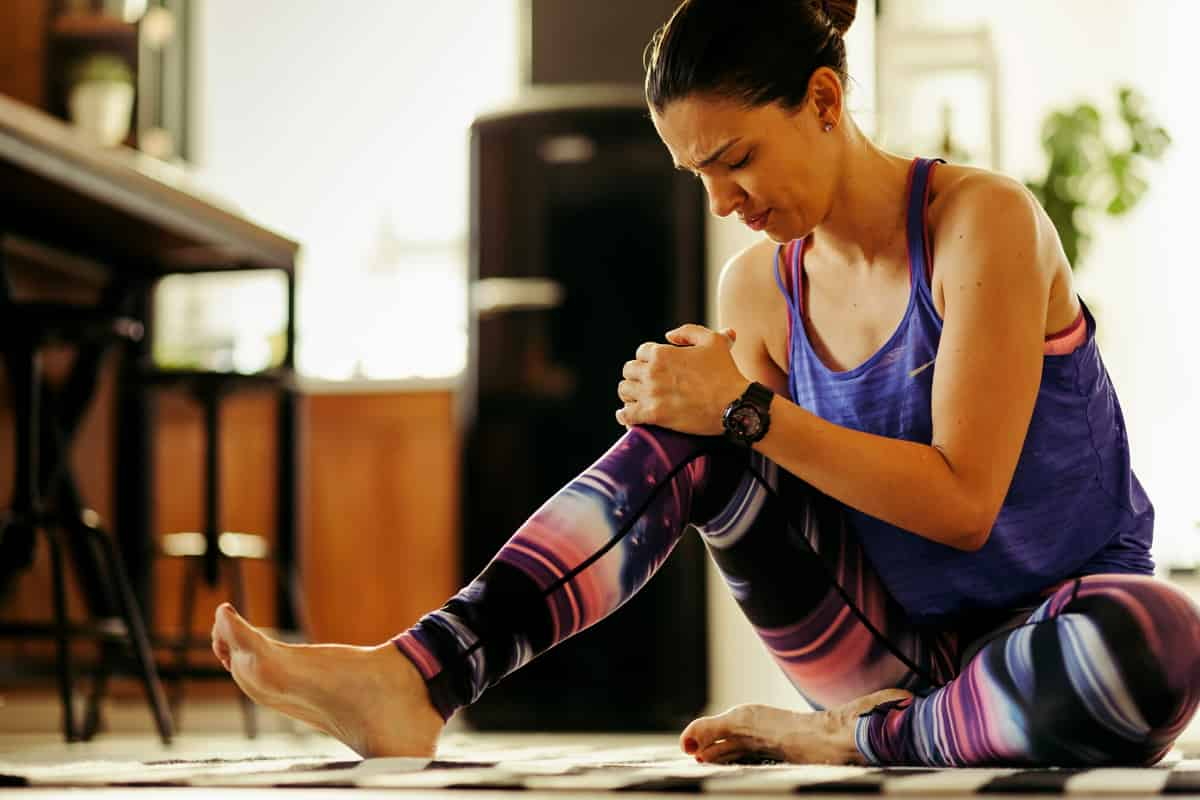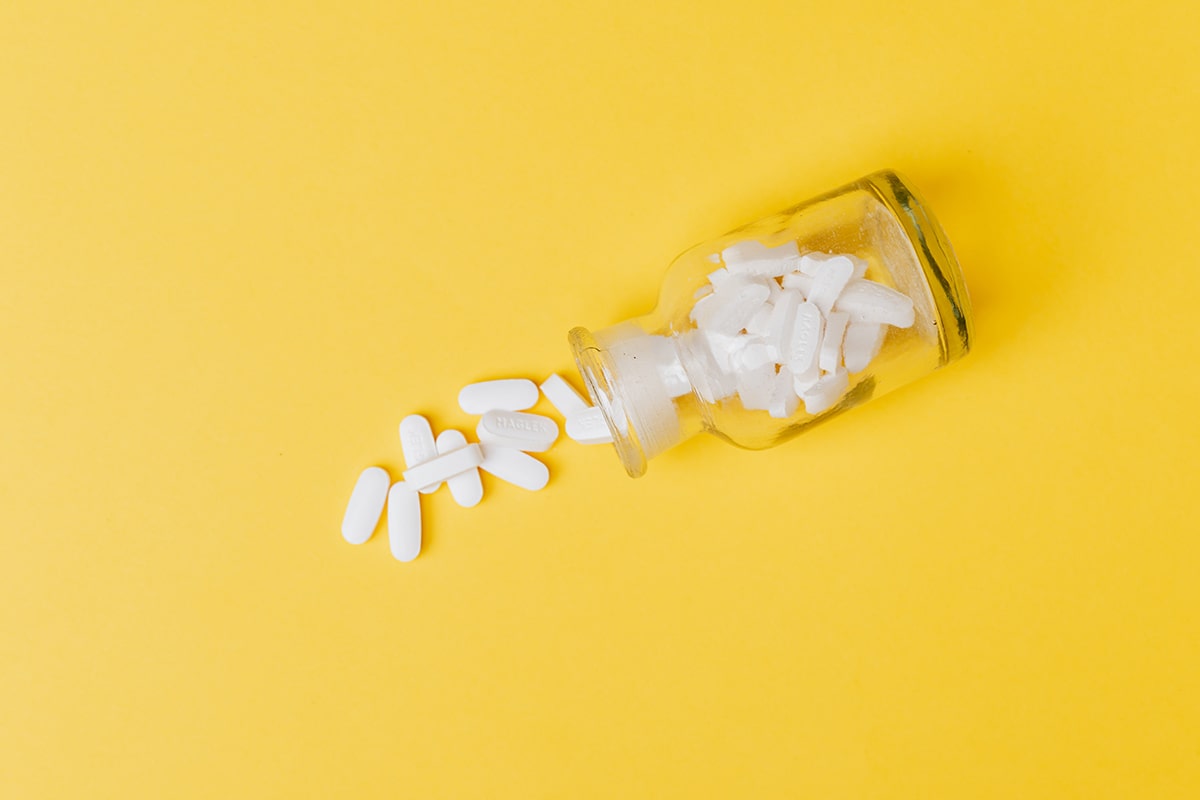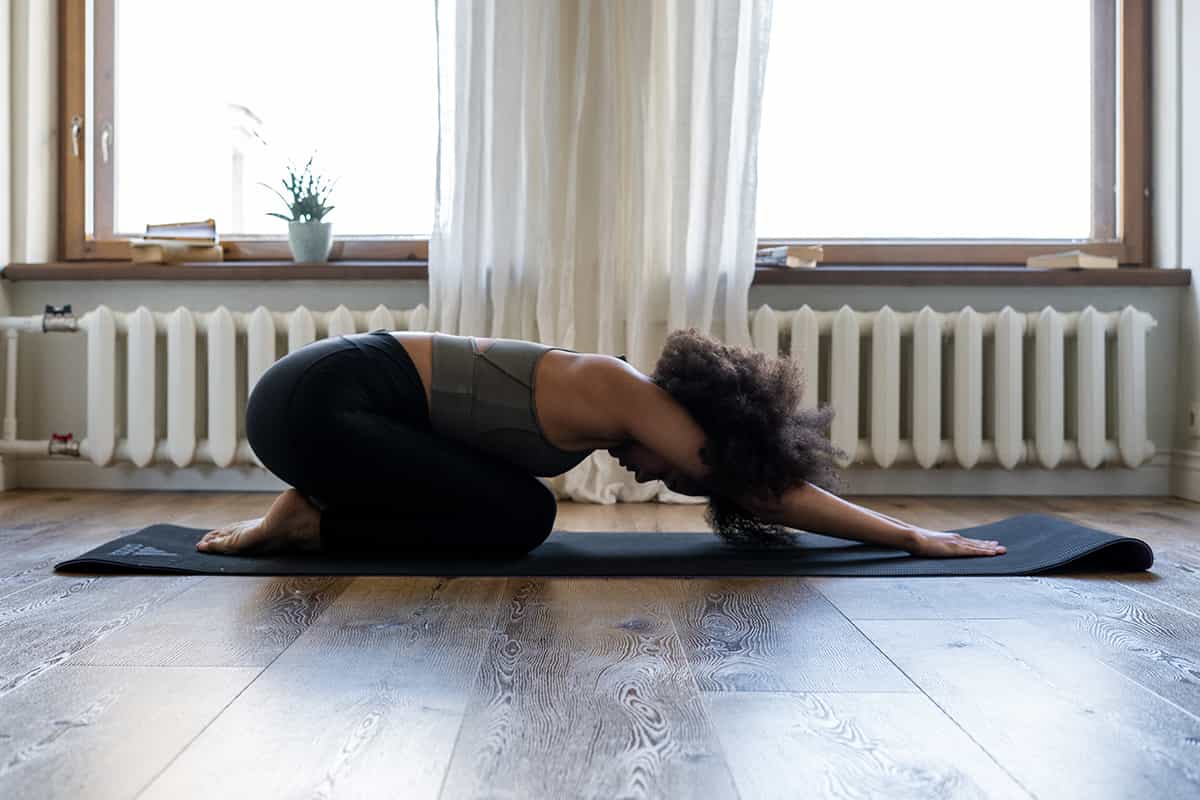Snap, Crackle, Pop – Understanding Your Aging Joints

People of all ages experience the popping and clicking of joints to varying degrees, but as we age, this may become more frequent. It’s common to wonder if you should be concerned about these noises, but the answer is almost always “no.”
Joint noises (called “crepitus”) are very common and are usually nothing to worry about. Hearing noises from your joints does not correspond to damage or harm, or indicate arthritis.
Although research is inconclusive, experts believe that the noise is likely due to the release of nitrogen bubbles within a joint, joint surfaces rubbing together, or tendons and ligaments becoming taut and moving across a joint.
A good rule of thumb is that if the popping is not painful, don’t worry about it!
However, there are a few caveats to this rule. First, consult a physical therapist or your healthcare provider if you experience pain along with the popping and clicking. The combination could signify an underlying issue but not necessarily a major one. Most of the time, the treatment is still conservative (non-surgical).
Second, if pain and popping are accompanied by “locking” of the joint (where you feel blocked from being able to move it), consult a professional.
Lastly, if the joint is making a loud “clunk” and feeling unstable, consult an orthopedist as soon as possible. This is especially true if it is a joint replacement.
When in doubt, consult your provider if pain is lasting or worsening. Occasional slight discomfort in your joints, especially related to exercise, is normal and not something that warrants treatment.
Tips for Healthier Joints
Move More
Movement is the best medicine for joints!
Moving a joint releases synovial fluid, which lubricates the joint, improves its flexibility and reduces pain. Sometimes those first few steps or movements are painful, but after a few minutes, this fluid release should ease the pain and stiffness.
If you can overcome any initial discomfort, it will likely improve your symptoms in the short and long term. Rehab and fitness professionals are a great resource for learning and gaining confidence in new ways to move and exercise.
Maintain a Healthy Weight
Obesity and a high BMI (body mass index) are among the most significant predictors of osteoarthritis (OA). OA is a complex process related to genetics, lifestyle and past injury. Having a higher level of body fat is a major contributor to the inflammatory process that accompanies OA.
Having a higher body weight does not inherently cause OA, but losing weight can both reduce the inflammatory effect of body fat and reduce pain in joints that are already showing signs of OA.
Practice a Healthy Lifestyle
Minimizing stress, getting adequate sleep, eating a balanced diet, and staying active also contribute to reducing aches and pains. General exercise and activity not only physically keep joints in good shape but reduce pain by keeping the nervous system happy and healthy.
Strengthen Your Muscles
When muscles surrounding joints are strong, they help “spread the load” and absorb shock along with your joints. Strength training is also essential for maintaining muscle and bone density with age, as well as reducing your risk of diabetes and heart disease.
Stay Hydrated
Although it sounds simple, drinking enough water keeps your joints feeling their best. The majority of your joint cartilage and discs between your spinal vertebra are comprised of water. Hydration matters for most of these tissues.
Sign up for more unique women’s health content
By submitting this form, you agree to the Lisa Health Privacy Policy and Terms of Use


